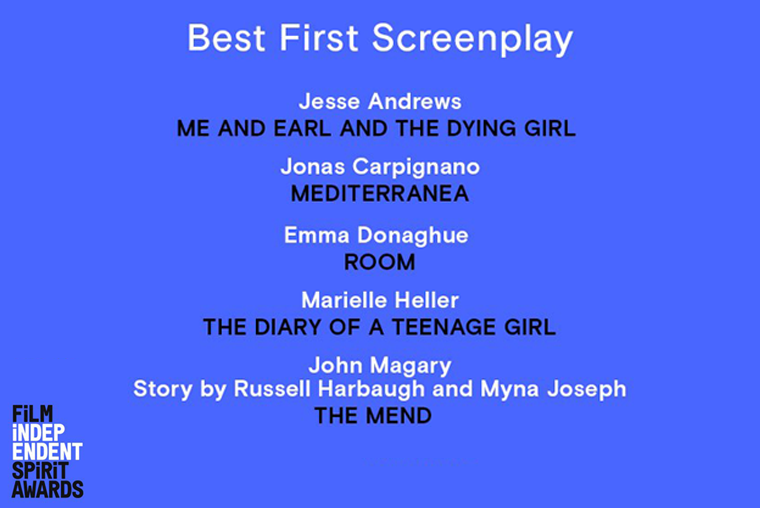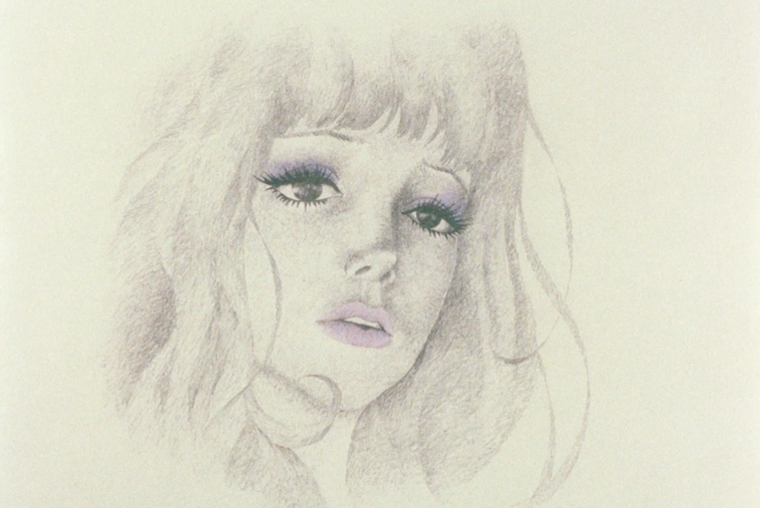![]()
By J.W. McCormack
February 18, 2016
This Porn-y 70s Film Is a Mind-Melting Head Trip
The 1970s were perhaps the grossest chapter of recorded time, an era wherein the previous decade’s flower power rotted on the vine and a politically engaged, protest-minded youth culture dissolved into an atmosphere of distinctly hostile decadence. By the time The Joy of Sex, with its illustrations of hairy fornicators, arrived on shelves in ’72, sexual freedom had more or less given way to wanton Henry Miller–esque rutting. But for all its prurience, the decade that gave us Deep Throat, Hustler, and Plato’s Retreat was also the last time when widespread experimentation dominated the mainstream in every corner of the arts, from the creator-driven films of the New Hollywood and rock ‘n’ roll’s enshrinement of the drug culture in the popular imagination to the spectacle of perfectly normal people reading Gravity’s Rainbow. It was also the golden age of cartoon sexuality: Adult animator Ralph Bakshi followed the success of the X-rated Fritz the Cat with burned-out, bell-bottomed exercises in hand-drawn hallucination like Coonskin and Wizards, and the magazine Heavy Metal cornered the market for large-bosomed women riding dragons and beating the shit out of pervy robots.
But the greatest legacy of the 1970s vogue for melding Saturday morning cartoons with Saturday Night Fever was in Japan, where anime succeeded the pornographic “pink film” in marrying transgressive and—especially in the case of hentai—graphic sexual content with eye-popping psychedelic excess. The genre’s first masterpiece was Belladonna of Sadness (Kanashimi no Beradonna), a film that has a visual style so sui generis that I can only compare it to Sesame Street if Sesame Street were, as my paternal grandmother believed, a recruiting film for LSD-addled freakazoids and the Church of Satan.
When Belladonna of Sadness was originally released in 1973, it immediately bankrupted its studio, Mushi Production. Mushi had been founded in the early 60s by manga artist Osamu Tezuka, the creator of Astro Boy and Unico, and its style was largely responsible for establishing the frenetic big-eyes-small-mouth aesthetic of anime. But Belladonna actually has more in common visually with Aubrey Beardsley, Yellow Submarine, and the Tarot-card-looking output of the illustrator Kay Nielson. It’s like Bakshi at his trippiest. But here I am talking like this is not a film that features a long scene of flora and fauna—giraffes, crocodiles, orange trees, you name it—emerging from people’s orifices like something out of a Boschean Hanna Barbara, and, reader, that is precisely what I’m talking about.
The plot concerns a purple-haired witch named Jeanne and her seduction by the devil, inexplicably disguised as a little talking penis, who grants her supernatural powers. The remaining story line, if you can call it that, largely consists of Jeanne’s arcane revenge on the nobles responsible for her violent sexual assault (in a ghastly early sequence that’s made even more uncomfortable by her attacker’s striking resemblance to Hordak from the old She-Ra cartoons). The film is a Joan of Arc pastiche, a musical, an exploitation picture, and a pornographic movie—but what it really is is an excuse for a breathtaking series of montages where a singing, dancing Black Death melts faces into skulls, kaleidoscopic specters of pop-art Americana signify the consummation of Jeanne’s pact with the Evil One, and an assortment of infernal penises perform vicissitudes previously undreamt by any human penis, which is perhaps the greatest contribution an animation studio has made to creative physiology since Cab Calloway serenaded Betty Boop in Minnie the Moocher.
Even with so much stylized pandemonium, it can be hard to overlook how frequently Belladonna staggers over the line between transgressive pop-porn and the kind of outright misogyny that mars so many otherwise righteous female-driven revenge narratives. Still, given Jeanne’s uncompromising ownership of her profane desires and independence from her milquetoast husband, it was miles more progressive than anything coming out of the West in 1972. The film’s montages are bookended by still-life illustrations that resemble art-brut storyboards over which the dialogue is spoken. These episodes, with their curiously unfinished and sketchy figuration of witches and warlocks—like if Egon Schiele drew an edition of The Dungeon Master’s Guide—aren’t exactly the highlight of the film, but no worse than the old herky-jerky Marvel cartoons from the 60s. And anyway, the second half of the film is largely given over to the psychosexual exploits of Jeanne and her devil friend, who even in his final form retains a phallic hairdo and tells Jeanne, “You are even more beautiful than God,” which I think is an awfully sweet thing to say.
Belladonna of Sadness is deserving of a place in the cultural memory because it marks the moment when the Times Square porn groove met manga cuteness, and because it happens to function as an omnibus of 20th century modes, including that of the Impressionist watercolor, the fuzzy Kandinsky-esque geometric dissolve, and the prog-rock album sleeve. It is also clear from some of the dialogue (“Ignoring status is against God! The work of the devil!”) that the acceleration of Japanese pop culture was imminent, making Belladonna as much a social document as a benchmark in visual storytelling. And Cinelicious’s gorgeous restoration from 35mm and subsequent North American release means that it is destined to take its place in the personal mythos of the retro-fetishist, high-trash, obscurist, art-creep demographic alongside recent rediscoveries like Holy Mountain, Possession, and Hausu.
In other words, Belladonna of Sadness is an answer to the prayers of those whose taste in film has evolved to the point where it echoes Jeanne’s rejoinder to Satan, when he asks what she wants to do with her newfound energies: “Anything… so long as it’s bad.” Caligula would’ve wept.






